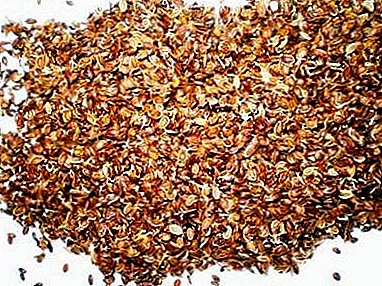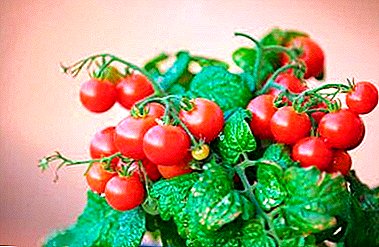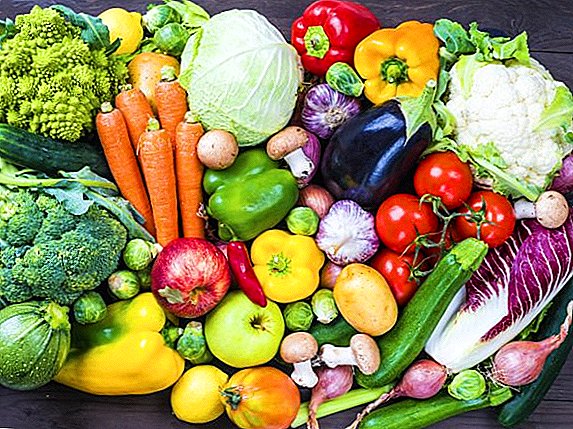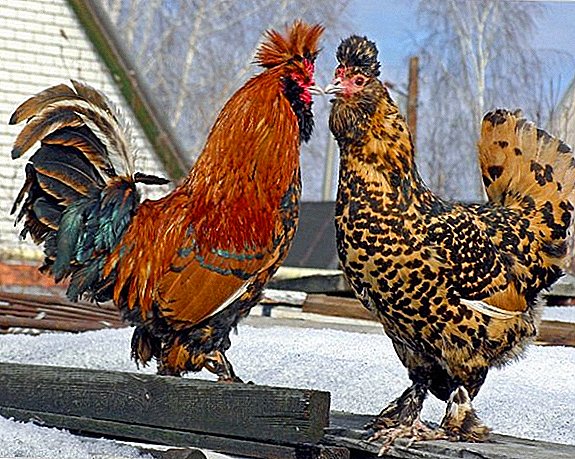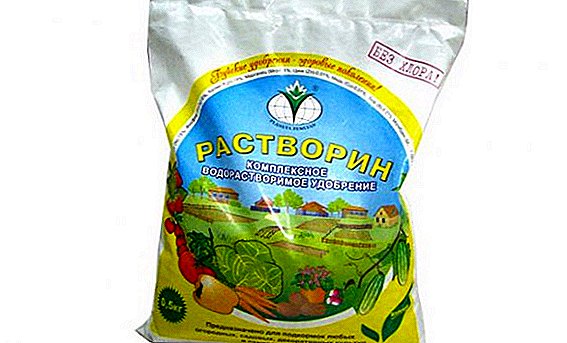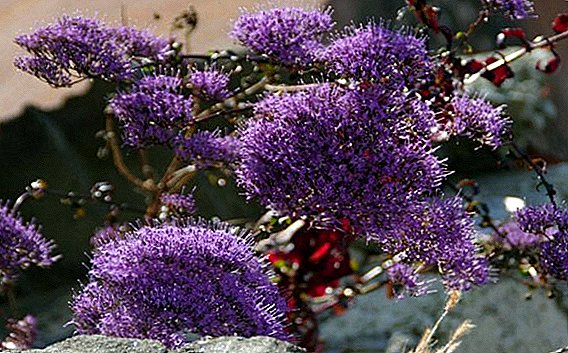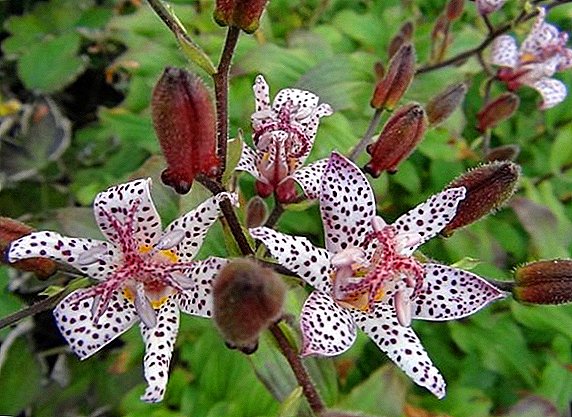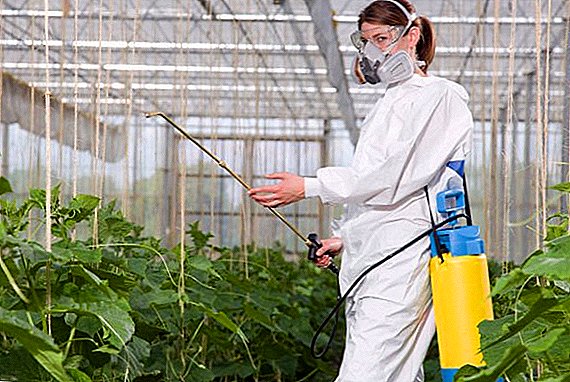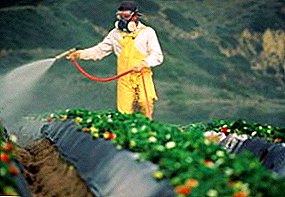 For many centuries, mankind has been farming, fighting with various types of pests and diseases of various crops. Those methods of struggle that once helped are often unsuitable today, and then pesticides enter the struggle for productivity.
For many centuries, mankind has been farming, fighting with various types of pests and diseases of various crops. Those methods of struggle that once helped are often unsuitable today, and then pesticides enter the struggle for productivity.
What is pesticides
Pesticides primarily cause association with poisons, which is not always true: such substances also take the form of sterilizers and growth regulators. Pesticides are chemicals that are used to combat various kinds of pests of garden crops, green spaces and plants in general. Any such facility must be approved before being released to the public. 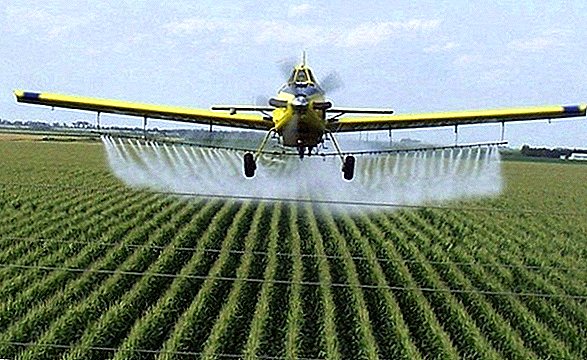
Did you know? December 3 - International Pesticide Day.
Main classes
There is a classification of pesticides, which is based on the intended purpose of the chemical means. Group chemicals based on the organism that they infect.
Avicides
Pesticides of this group are used in agriculture to control pest birds. They are widely used to scare away birds on motorways and airfields. The most common chemicals are avitrols and alfachloraloza. 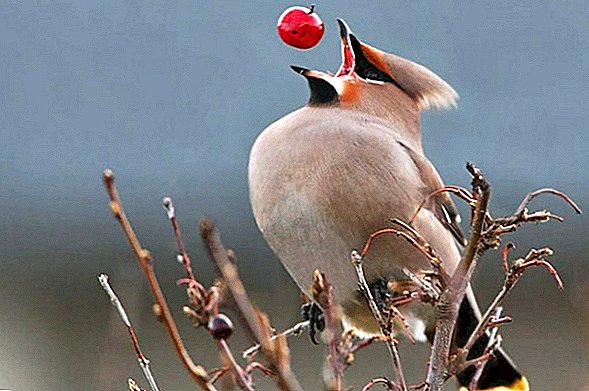 In small doses, these substances have a frightening effect on flocks due to convulsions and screams of those birds that have used avicide, and also have a hypnotic effect: birds sleeping for 8-10 hours scare others who have flown. Unfortunately, in large quantities these substances, which are designed to scare birds away, turn into means for their extermination.
In small doses, these substances have a frightening effect on flocks due to convulsions and screams of those birds that have used avicide, and also have a hypnotic effect: birds sleeping for 8-10 hours scare others who have flown. Unfortunately, in large quantities these substances, which are designed to scare birds away, turn into means for their extermination.
Acaricides
These are chemicals that kill ticks. Pesticides of this group are divided into two types: specific acaricides and insectoacaricides.
Algaecides
Chemical means of this group are aimed at combating aquatic vegetation, algae. Used to clean reservoirs, canals, pools. By origin can be organic and synthetic. 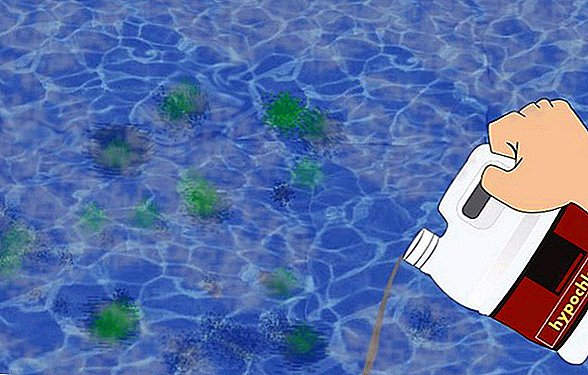
Did you know? Copper sulfate, used for the care of plants as an antiseptic and fertilizer, is the most common algaecide.
Bactericides
Substances designed to destroy or stop the development of pathogens. These include antiseptics and antibiotics.
Virocides
Chemicals that destroy viruses and prevent viral diseases.
Herbicides
This group of pesticides is toxic chemicals for controlling weeds and unwanted plants. 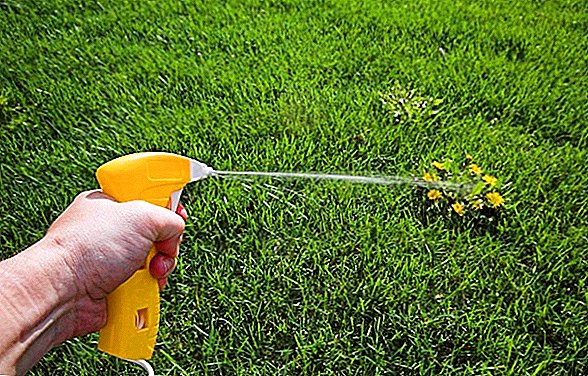 Subdivided into means of continuous and selective action.
Subdivided into means of continuous and selective action.
Desiccants
Substances drying the root of the plant. These pesticides help to “clean” the field before the germination of crops such as rice, beet and cotton.
Deflorants
Destroy flowering (in order to prevent fruiting) and excessive ovaries in plants. Chemicals of this group are also used as pesticides from weeds.
Defoliants
Accelerate the extinction of the deciduous parts of plants. Thus, seedlings of fruit trees are prepared for wintering and the vines are processed before harvesting.
Zoocides
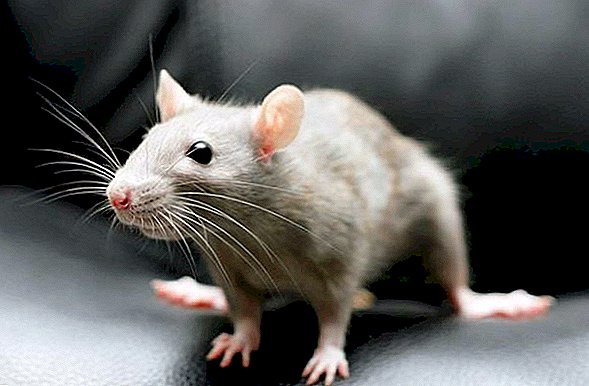 A variety of pesticides intended for the destruction of warm-blooded animals: rodents and birds (rodenticides and avicides).
A variety of pesticides intended for the destruction of warm-blooded animals: rodents and birds (rodenticides and avicides).
Insecticides
These are toxic chemicals to combat plant pests such as insects. There are many types of such substances that differ in chemical composition.
To control insects, such insecticides are used: Calypso, Kinmiks, Alatar, On the spot, Fastak, Decis, Aktara, Vertimek, Mospilan, Tanrek.
Ichthyocide
Used to destroy trash fish. As a rule, such substances are used from which the water bodies, where the ichthyocide was cleaned, should self-clean. 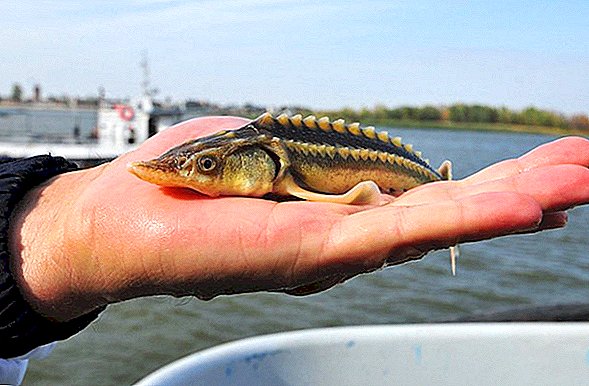
Larvicides
In fact, larvicides are also insecticides, only acting not on an adult insect, but on its larvae.
Limatsida
Chemicals used to fight slugs and crayfishwhich are pests of many garden crops. Most of these tools affect the skin of slugs. It is better to carry out the treatment in the dark, as the slugs are nocturnal animals.
Nematocides
These are substances that destroy herbivorous nematodes. Sometimes they also include the means that destroy the nematode parasites of animals. 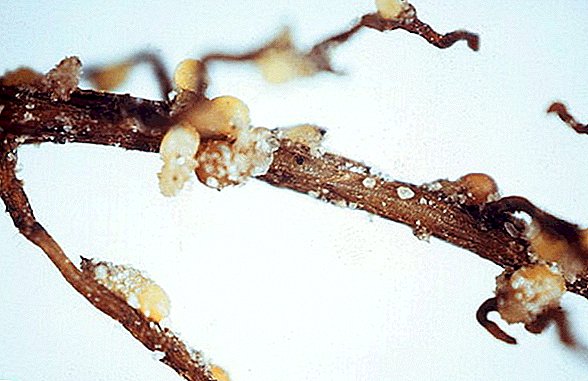
Ovicides
Toxic chemicals designed to destroy the eggs of plant pests, which include insects, mites and helminths.
Fungicides
Antifungal agents for the treatment of plant seeds, as well as for the treatment of fungal diseases of an adult plant. An example of a fungicide is Bordeaux liquid known to all summer residents and gardeners.
Ordan, Oxyhom, Fundazol, Strobe, Switch, DNOK, Quadris, Acrobat MC, Previkur Energy, Antrakol are used to fight against plant diseases.
Growth regulators
Organic compounds, the minimum concentration of which is able to accelerate or inhibit the development of plants. They can also stimulate the growth of individual parts of plants: for example, to inhibit the vegetative and accelerate fruiting. 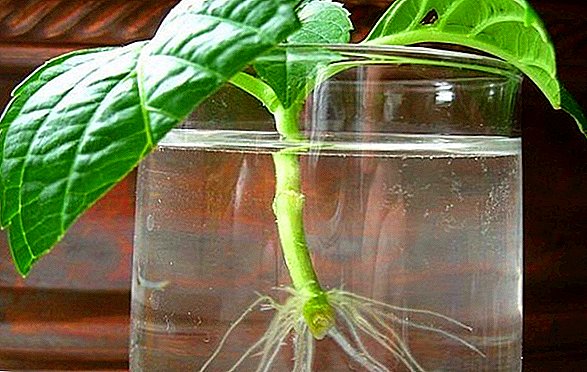
Attractants
Funds designed to attract pests to their source. This is a kind of trap. Used to lure pests for their further elimination.
Repellents
Unlike many groups of pesticides, repellents have not a destructive effect, but a deterrent effect. Pest repelling can occur at different levels: auditory, visual, olfactory. Today most often use repellents.
Chemosterilizers
Substances that inhibit the ability of pests to reproduce. This "effect of infertility" can be caused both in females and males.
Important! Strawberries are most prone to saturate pesticides. Until recently, the first place was occupied by an apple.
By way of action
The path of penetration of a chemical substance, as well as a different mechanism of action on the organism of a pest, allow us to distinguish the following groups of agents.
Contact
Such means act directly in contact with them.
Intestinal
These substances first poison the food of the pest, which leads to its further death.
Systemic
They affect the vascular system and, spreading through it, destroy the body.
Fumigant
Poisoning pests fumigant means occurs through the respiratory tract.
By toxicity
For the extermination of certain pests of one substance requires a small concentration, and the other - kilograms. The most dangerous pesticides are in the form of vapors, aerosols and mists. The degree of toxicity of the agent can be attributed to the pesticide to the group of kills or repellents. 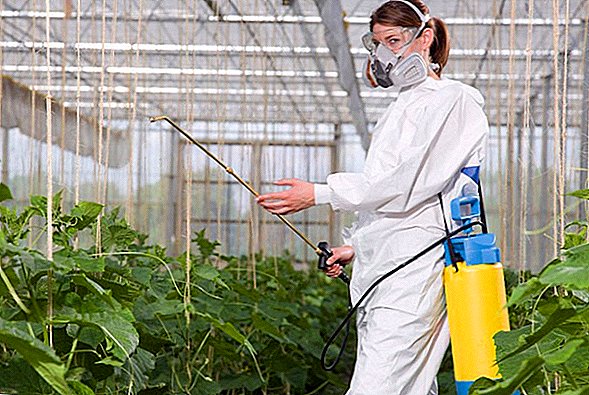 To determine this degree, the average lethal dose is used, which caused the death of 50% of animals during the experiment.
To determine this degree, the average lethal dose is used, which caused the death of 50% of animals during the experiment.
Potent
The lethal dose of such pesticides is up to 50 mg / kg ("Aldrin").
Highly toxic
From 50 to 200 mg / kg of such a substance is enough to cause a lethal outcome ("Dieldrin", "Endrin", "Heptachlor").
Medium toxic
The toxicity of agents from 200 to 1000 mg / kg allows to call them moderate (Mirex, Chlordan, DDT).
Low toxicity
Lethal dose of relatively weak chemicals - more than 1000 mg / kg ("hexachlorobenzene").
Important! People working with pesticides must have overalls and respiratory protection, after which they must be taken shower.
 Summarizing, it must be said that the effect of pesticides on humans is not yet a fully studied question. Most scientists argue that such a chemical is destructive not only for pests of plants and crops, but also for people. After all, having eaten a product of plant origin from a plot treated with pesticides, we also inevitably consume poisons. To avoid them, there are general recommendations for the treatment of chemicals: before use, spray vegetables and fruits with a solution of soda, citric acid and water or soak in acetic water.
Summarizing, it must be said that the effect of pesticides on humans is not yet a fully studied question. Most scientists argue that such a chemical is destructive not only for pests of plants and crops, but also for people. After all, having eaten a product of plant origin from a plot treated with pesticides, we also inevitably consume poisons. To avoid them, there are general recommendations for the treatment of chemicals: before use, spray vegetables and fruits with a solution of soda, citric acid and water or soak in acetic water.

